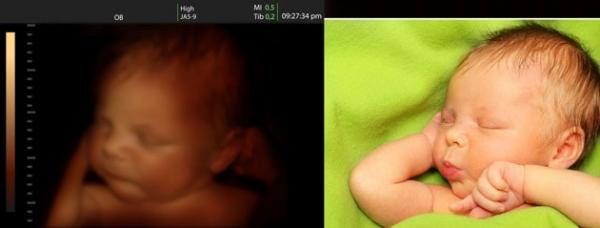
Whether you're trying to conceive or trying to avoid getting pregnant, knowing when you are most fertile during the month is something all women should know.
I have spent a lot of time studying the best times to get pregnant. I've also experienced how other women feel when we want to conceive but have to wait for their little miracle to finally arrive. One of the things that helped me manage my anxiety and wait for nature to take its course was to study my own body. With these methods, you'll understand your body's signs.
According to the experts, here's how to know when you are the most fertile:
1. Counting the days
Periods are usually repeated every 28 days. On the first day of your period, you'll notice a significant blood flow, not just a few drops. It is important that you understand when your period actually starts because you may start counting the days too early, which could mean missing your fertility window.
In a 28-day cycle, your most fertile days are days 12, 13 and 14. Remember, the 'fertile window' is the six days leading up to and including ovulation, experts at Your Fertility point out.
Your body will presumably release the mature egg on the 14th day of your cycle, however, there are exceptions to this rule. Your body can ovulate twice in a month or it can ovulate much earlier or much later. Figuring out your individual cycle will help you know when your fertility window is.
2. Change in vaginal discharge
Paying attention to changes in vaginal discharge is one of the most accurate ways to know if you're at a fertile time of the month.
According to the American Pregnancy Association, as you approach ovulation, your body starts to produce more estrogen, which also produces a more fertile mucus. Just before the estrogen reaches its peak, your flow will look like a transparent and viscous substance (like an egg white). This is the most fertile flow, and the one that tells you that your body is about to release the egg.
3. Basal temperature
According to WebMD, the temperature of your body rises slightly as the egg is released. Tracking your temperature (known as your basal body temperature) can help you know when your most fertile days.
Take your temperature with a thermometer under your armpit every morning before getting out of bed, then write it down on a chart every day so you know when it rises. It's recommended that you do this every day for several months so you can find out when ovulation will occur.
4. Using tests to detect ovulation
You can buy these tests at any pharmacy or large supermarket. They are one of the most accurate methods, but are also more expensive. Ovulation tests work by analyzing and measuring the amount of the luteinizing hormone (HL) in the urine. This hormone rises between 24 and 36 hours before ovulation occurs, giving you a head's up to when your fertility window is approaching.
These kits come with several tests so you can get tested several days before you think you are going to ovulate.
5. A pain in one of the ovaries
That little pain that you feel in the middle of your cycle can indicate that ovulation has already occurred. If you wait until this moment, chances are you will not get pregnant because your "fertile window" has already closed.
Remember:
Specialists recommend having intimacy at least every other day, especially in the days before ovulation. Your "most fertile window" is just before you ovulate, not the day you ovulated or after. While you may get pregnant if you have intimacy the day you ovulate, your chances increase if you do it earlier. Hopefully these tips can help you get to know your body better and help you and your husband expect your own bundle of joy sooner!
This article has been tranlsated and adapted from the original, "5 formas fáciles y EFECTIVAS de saber tu días MÁS fértiles en el mes." It was originally published on familias.com.

